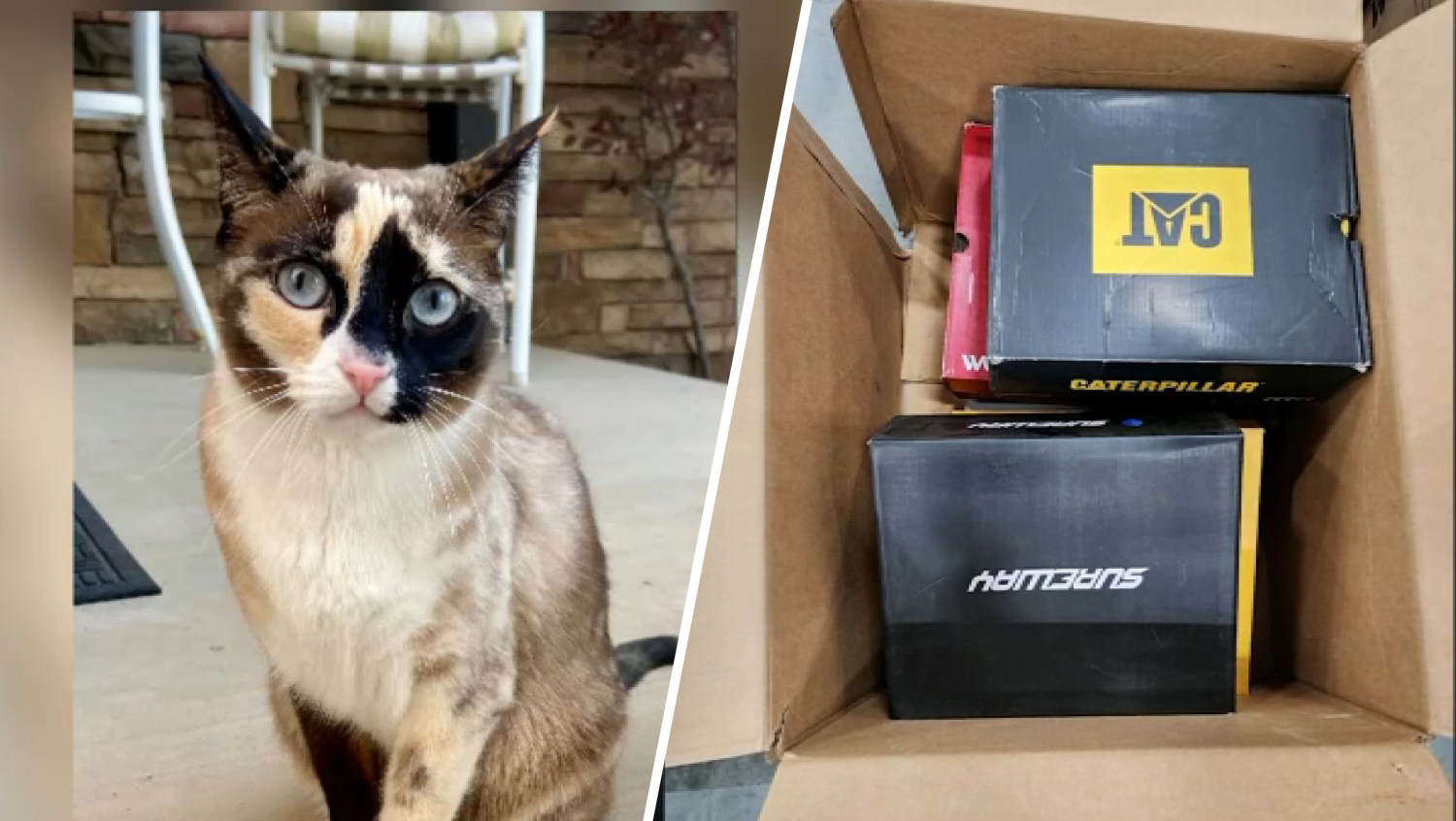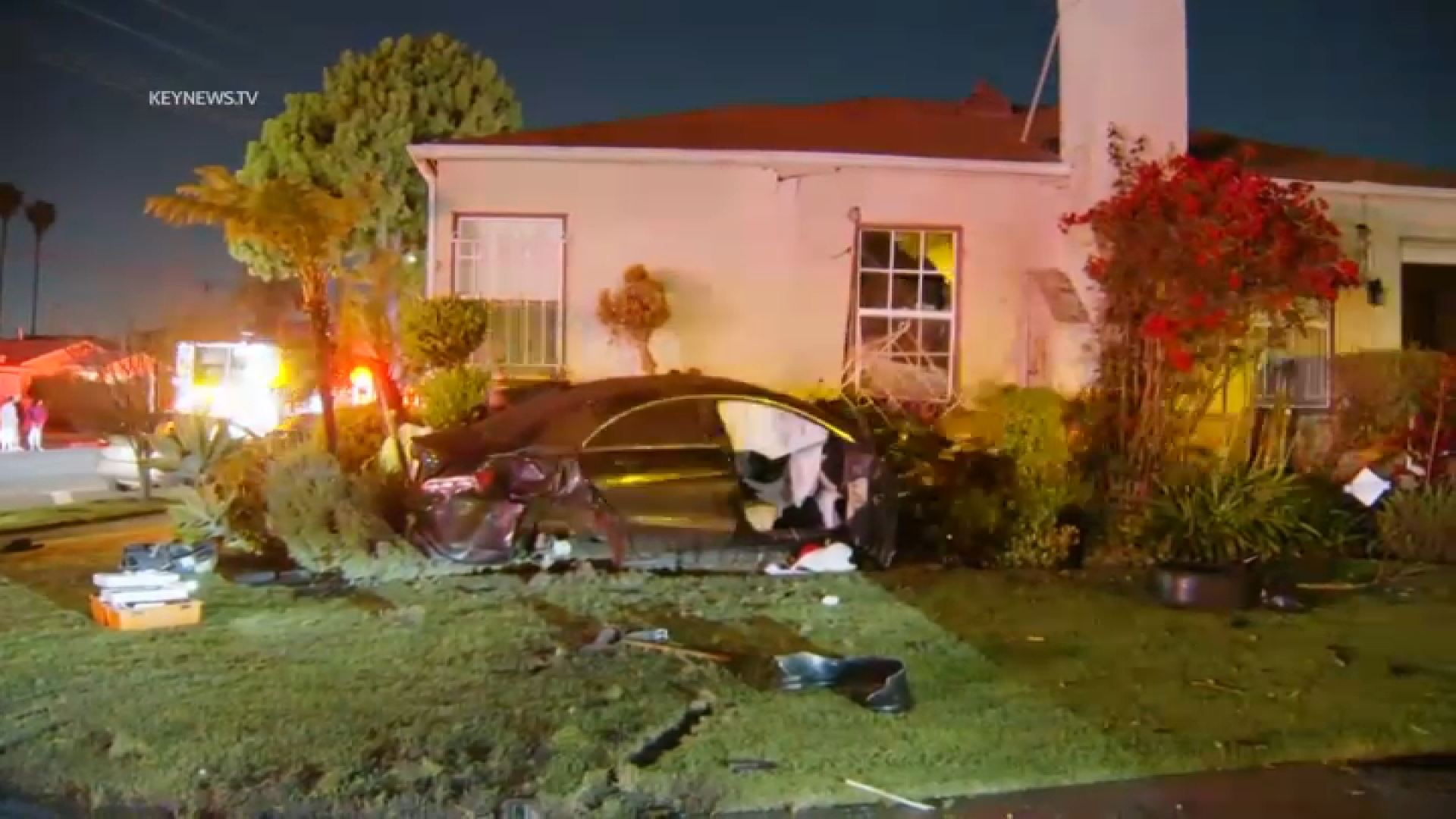
Struggling to keep up with an estimated 150 people who fall into homelessness daily in Los Angeles County, officials announced Monday they will use data-driven models to identify and help individuals who are most likely to end up on the street.
The models, developed by the California Policy Lab and the University of Chicago Poverty Lab, used data on Los Angeles County residents receiving county services between 2012 and 2016 to try to identify residents at the highest risk of becoming homeless. Researchers found that nearly half of those identified actually became homeless in 2017.
The individuals identified were 27 times more likely to become homeless than the average person receiving county services.
A workgroup of policy makers and other stakeholders submitted a homeless prevention action plan based on the model to the Board of Supervisors Monday and expect to carry out their recommendations beginning next year. A total of $3 million in Measure H funding has been earmarked for initial
implementation.
"Last year, despite providing housing to tens of thousands of people, we saw more and more individuals and families becoming homeless,'' said Phil Ansell, the director of Los Angeles County's Homeless Initiative. "L.A.
County is focused on using strategic approaches to preventing homelessness, and these groundbreaking models will make it possible to reach those who need us the most before they reach the crisis point and fall into homelessness.''
Officials said the county is placing roughly 133 people per day into
housing, while 150 fall into homelessness daily.
Tactics of the plan include:
Local
Get Los Angeles's latest local news on crime, entertainment, weather, schools, COVID, cost of living and more. Here's your go-to source for today's LA news.
-- working with lists of residents countywide who are receiving food
stamps and forms of cash aid, either from the county or through CalWORKS, to
identify those most likely to become homeless;
-- exploring piloting a homeless prevention unit to package services
for those at highest risk;
-- refining child welfare intake procedures to prompt more families to
sign up for prevention programs; and
-- considering outreach to transition-age foster youth at risk of
homelessness.
Intervening at the right moment can keep people from falling into homelessness, experts said.
"Predictive modeling can help ensure that homelessness prevention services are getting to the right people, at the right time, before they're in a full-blown crisis,'' said Janey Rountree, executive director of the California Policy Lab at UCLA.
A University of Chicago researcher said there are common warning signs.
"The models suggest that sharp spikes in service use, increasingly frequent service use, and the receipt of multiple services from a single agency are all warning signs that someone living in deep poverty is at high risk for homelessness,'' said Harold Pollack, the Helen Ross Professor at the University of Chicago School of Social Service Administration.
"We're now diving deeper into the models with our L.A. County partners to learn more and to see how these results can help focus public health and social services to this vulnerable population.''
More information on the models can be found at https://www.capolicylab.org/predicting-preventing-homelessness-la/.



